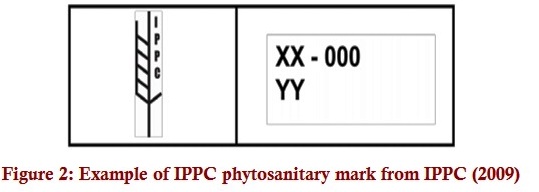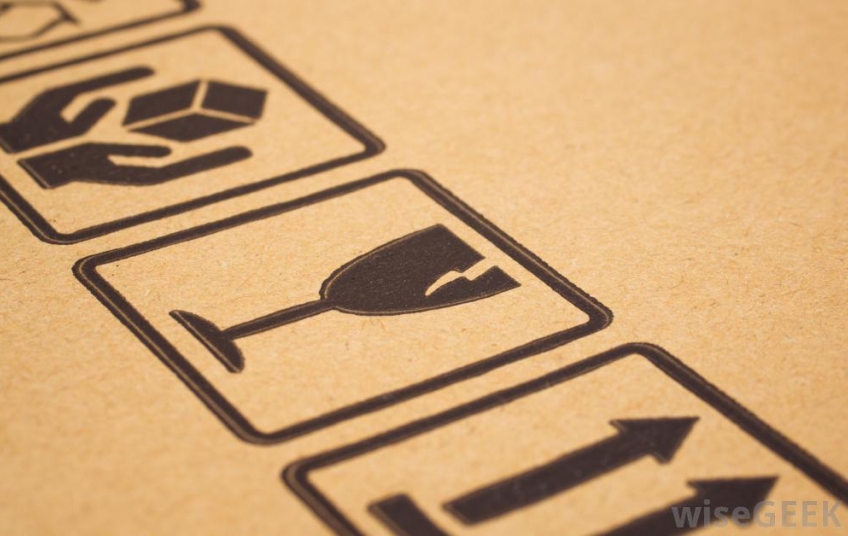The methods employed for moving products internationally, as well as, the associated risk of introducing and spreading pests and disease, has long been a global consideration. Within the packaging industry, this phenomenon has required specific vigilance in the realm of wood packaging materials.
According to the International Standards for Phytosanitary Measures (ISPM) (International Plant Protection Convention (IPPC), 2009), “pests associated with wood packaging material are known to have negative impacts on forest health and biodiversity” (p. 15-5). In recognition that insufficiently treated raw wood and dunnage is a pathway for the introduction and spread of quarantine pests, together with the difficulty in establishing the origin of wood packaging materials; ISPM has established internationally accepted measures that all countries can use to treat and certify the treatment of wood packing materials (IPPC, 2009). This standard, known as ISPM 15 - Regulations of Wood Packaging Material in International Trade, requires that phytosanitary measures for wood packaging include: 1) the use of debarked wood (with a specified tolerance for any remaining bark), 2) the application of approved treatments (of which there are currently three), and 3) the application of a certifying mark. The standard further stipulates that the responsibility for regulatory monitoring, maintenance, enforcement and certification rests with each country’s national plant protection organization (NPPO).
Crates, boxes, packing cases, pallets, dunnage, cable drums and spools/ reels are explicitly identified by ISPM as wood packaging material. An additional short list of exemptions or “sufficiently low risk” articles are also indicated (IPPC, 2009, p. 15-7). However, in both cases, the standard leaves room for NPPO discretion.
Current approved treatment methods include fumigation with methyl bromide and several categories of heat treatment. Ultimately, however, IPPC (2009), states that its approved phytosanitary measures are adopted in consideration of: “the range of pests that may be affected, the efficacy of the treatment, [and] the technical and/or commercial feasibility” (p. 15-8). In regards to Methyl Bromide, the standard recognizes Methyl Bromide to be a known ozone-depleting chemical; and as such, references an International Plant Protection Convention (IPPC) recommendation regarding its’ replacement or reduction of use as a phytosanitary measure. However, the standard also recognizes that “in the absence of alternative treatment being available for certain situations or to all countries, or the availability of other appropriate packaging materials, methyl bromide treatment is included in this standard” (IPPC, 2009, p. 15-5). The categories of heat treatment include conventional steam or dry kiln heat chambers and dielectric heat treatment. A major difference between these categories is the process by which heat is administered. With conventional steam or dry kiln, the wood packaging material is heated from the outside in (i.e., conducted into the wood from the surface), while dielectric heating utilizes microwaves or radio waves (Brindley, 2015) and heats from the inside out. Each method requires the use of temperature sensing equipment and data logging to monitor and record whether the prescribed temperature minimums are maintained for the predetermined timeframes. The regulatory standard for the conventional steam or dry kiln method is heating for 30 continuous minutes at 56°C, while the requirement for dielectric heating is a minimum of 60°C for 1 continuous minute (IPPC, 2009).


References
International Plant Protection Convention, 2009 International Standards for Phytosanitary Measures – ISPM 15,
Regulation of Wood Packaging Material in International Trade. Secretariat of the International Plant
Protection Convention, Food and Agriculture Organization (FAO) of the United Nations.
International Plant Protection Convention, 2014: Dielectric heating as a treatment for wood packaging material, Factsheet, 4, 4.
Brindley, C. (2015). New Microwave Heat Treatment System Successfully Tested in Italy. Retrieved on
November 27, 2016 from http://palletenterprise.com/view_article/4399/New-Microwave-Heat-Treatment-System-Successfully-Tested-in-Italy


































